There are a few spectacles in the birding community that are high energy, happen quickly, and is worth any effort to experience it. One such experience is a bird grounding event, sometimes called a fallout. A fallout is usually reserved for more significant events, but there is no true gauge as to one versus the other. Warblers, thrushes, buntings, and other migrants move across the Gulf of Mexico in an extremely stressful, marathon flight from the Yucatan Peninsula to the Gulf Coast of Texas, Louisiana, Alabama, and Florida before spreading throughout the flyways and heading north. If favorable south winds are blowing as they approach land, they will often soar past the coastline to keep moving along their route. These are not always as exciting for birders. However, if the wind blows in from the north, then these poor little birds have much more of a struggle. They push against the winds and will touchdown at the first sight of land to rest and recover. There are a few famous places along the Texas coast in which birders from all over the world gather when the forecast predicts a north wind in hopes of seeing massive amounts of birds.
Although fallouts and these grounding events are exciting for birders to see huge quantities of birds that they might not get to see otherwise, these can be dangerous for the birds themselves. Many may not make it to their breeding grounds due to the extreme stress of the situation, lack of resources, the weather itself, disorientation, and human-caused killers like windows and cars. So, maintaining habitat along the coastline is vital to supporting these species. One way that we can help birds is to advocate on their behalf and to support organizations that conserve habitat.
South Padre Island in south Texas is a popular destination to see some of these migrants. At times of the year, this island is an active tourist destination with high-rise hotels, shops full of beach towels and knick-knacks, and every type of restaurant. And for a narrow window of time, it is a vital migratory stopover. Birders explore these migrant traps, which are an oasis of food, water, and shelter, to see if anything has been blown in.
We were fortunate to be down in the Rio Grande Valley to guide at the Spring Chirp Birding Festival based out of Weslaco and had scheduled an extra bird-chase day before flying home to Oregon. As we got closer to our designated free birding day, the weather forecast became increasingly likely for a grounding event. There was to be a north-northeast wind starting late in the morning. So, needless to say, we were excited to see some migrants as they passed through.
My favorite spot is South Padre Island Migratory Bird Sanctuary, commonly called: Sheepshead. It is a collection of empty lots that have been conserved by the Valley Land Fund to create safe spaces for these birds to feed and hydrate. Volunteers hang oranges in the trees and there are several drips for drinking and bathing. The north lots are much more open with native retama and Turk’s cap and the south lot is much more forested to provide plenty of hiding spaces for worn-out birds. The north lot directly off Sheepshead Road has an inviting inner cul-de-sac in which you can easily spend hours waiting for birds to drop in.
The bird activity started slowly, but then new birds started to pop up. Erik, my husband and birding buddy, was looking at a male Painted Bunting and then witnessed a female come in from above and land near the male. Orioles were very abundant with over 40 Baltimore Orioles and smaller numbers of Bullock’s and Orchard. A Blue-winged Warbler hid amongst the retama almost at ground level, while a Wilson’s Warbler poked around higher up. At one time six Tennessee Warblers were overwhelming an orange half. Rose-breasted Grosbeak perched on the trees in the back of the south lot near the drip.
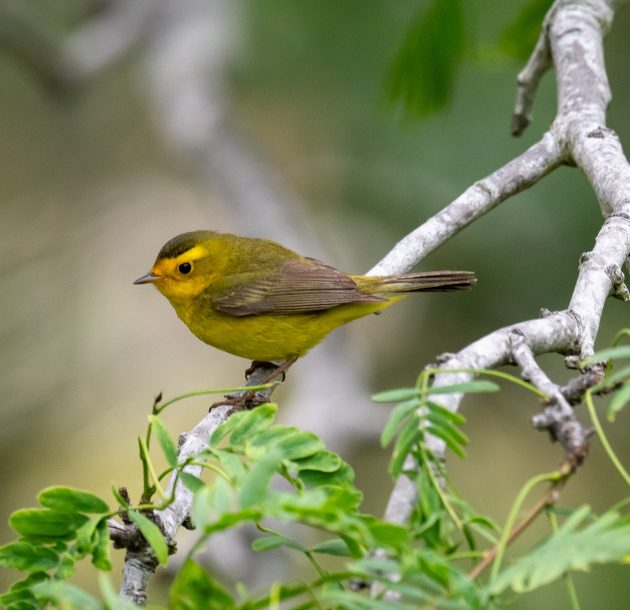
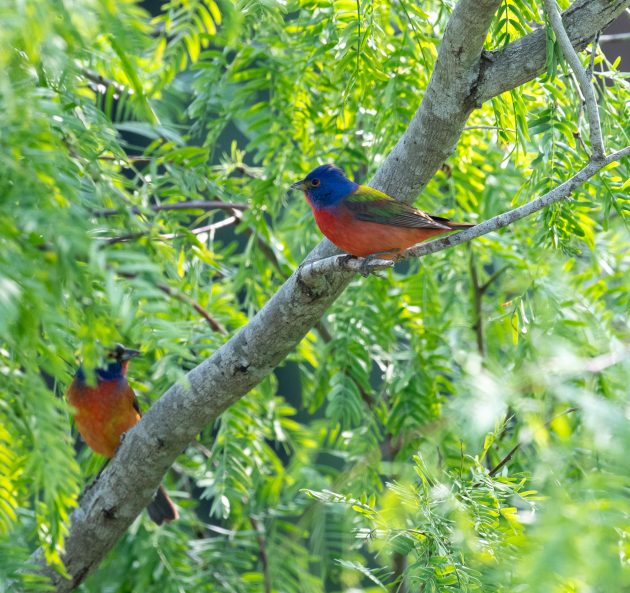
Another spot to check is the South Padre Island Birding and Nature Center is focused on educating visitors about the animals that live on the Gulf Coast, including a nice variety of alligators. It has a fantastic boardwalk that loops more than half a mile through mangroves along the Laguna Madre. Near the main building, there is a small native garden that attracts a diversity of species with bar stools along the fence for easy viewing (they even sell wine and beer inside). Going out into the mangroves, you can find nesting herons, a mudflat full of shorebirds, and rails hopping along beneath your feet.
On our visit, Indigo Buntings were hopping along the understory, and we heard others had seen a Blackburnian Warbler. A Green Heron was nesting just off the main deck with a few chicks wiggling their heads around.
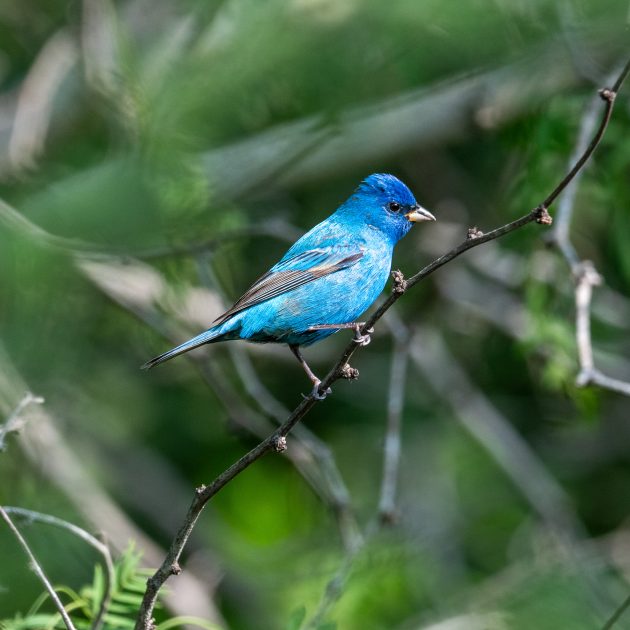
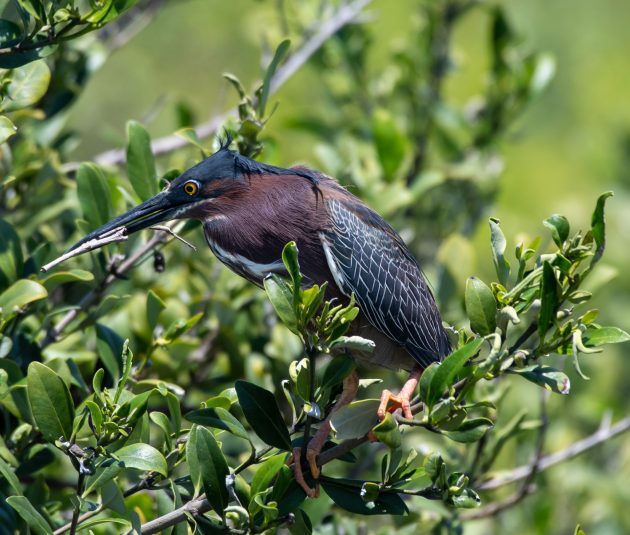
Lastly, if you take a trip to the island, make sure to stop by the South Padre Island Convention Center. Not your typical birding location, the convention center has a couple of good spots to bird including an expansive mudflat to the north that usually has some good shorebirds, terns, and is reliable for Black Skimmers. On the south side of the property is a small water drip with large trees creating good bird cover and a boardwalk out to the Laguna Madre that parallels part of the Nature Center’s boardwalk. This is another oasis for passerines, but it was also a slower spot when we stopped in with a single Black-and-white Warbler, Nashville Warbler, and Yellow-breasted Chat looking for refreshment. It also happens to be a good, free bathroom stop!
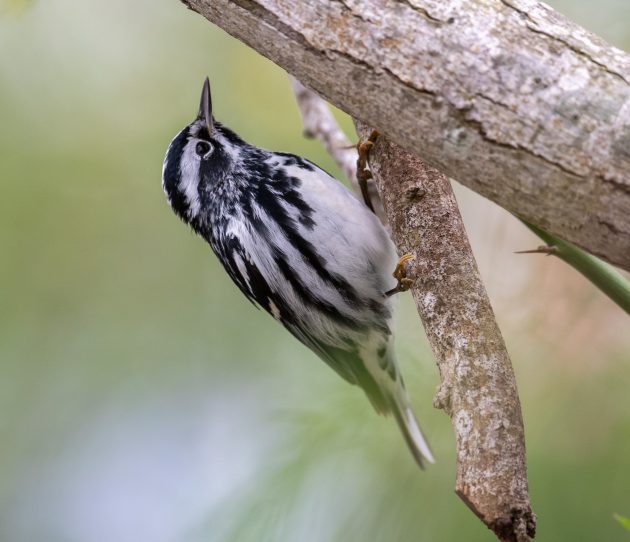
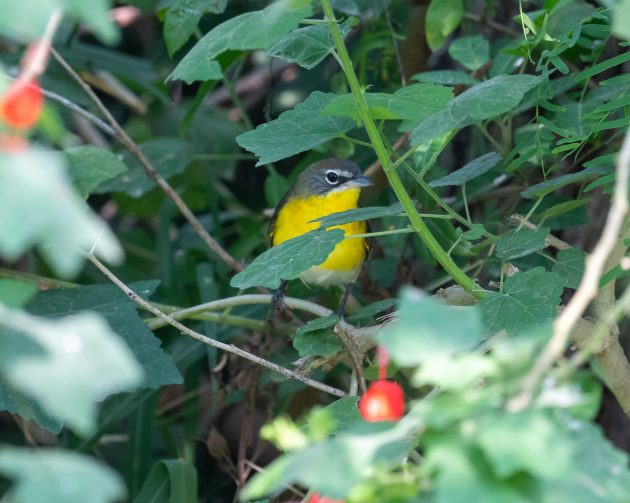
Sheepshead was the winning spot for our day, so we hunkered down and waited to see what birds would pop in before we had to race back up to Harlingen to fly out. Migration is an interesting time to go birding as birds may be there one day and gone the next. Fallouts and grounding events do not occur often, which is a blessing for the birds themselves.
After our day visiting the island’s hotspots, the eBird lists show bird sightings grew in variety and abundance. But I am happy to at least have had a small taste of these beloved species as they make their way to breed for the year. So, if you are looking for a birding spot to visit during mid-April, you might consider the Rio Grande Valley. Flying into Harlingen puts you in the middle of the action with easy access to drive to South Padre Island or east out to the upper valley. Who knows, your trip might coincide with a fallout!
Source link
Facebook
Pinterest
Twitter
LinkedIn

